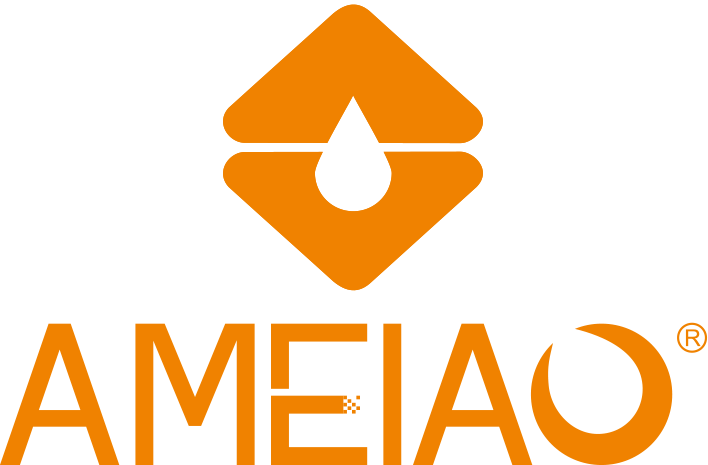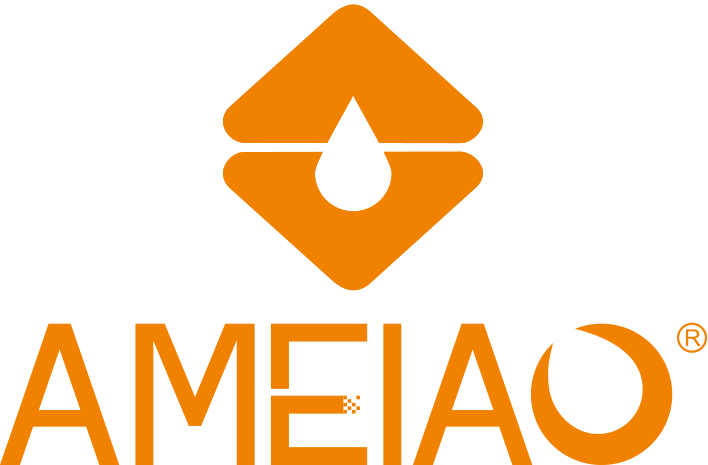What Is a Drainboard Sink?
A Drainboard Sink is a practical kitchen fixture that combines a traditional sink bowl with an extended flat surface designed for draining, drying, and handling wet items. This integrated board allows excess water to flow back into the basin, helping users manage daily cleaning tasks more efficiently. Many modern homes choose drainboard sinks for their convenience and the way they help maintain a cleaner, more organized countertop. They are commonly made from stainless steel, composite materials, or ceramic, each offering its own balance of durability and ease of maintenance. As kitchens move toward more functional layouts, this type of sink has become a popular option for households looking to improve efficiency without adding extra accessories.
A major advantage of a drainboard sink is the dedicated space it provides for air-drying dishes, produce, cookware, or utensils. Instead of cluttering countertops with racks or towels, the built-in platform channels water directly into the basin, preventing standing moisture and reducing cleaning time. Many homeowners appreciate its versatility because it serves simultaneously as a prep station, drying area, and temporary resting surface for washed ingredients. For kitchens with limited counter space, the drainboard extension becomes an essential work area, minimizing unnecessary movement between sink and worktop.
How a Drainboard Sink Works
The design is straightforward: the sink bowl captures water while the sloped drainboard collects moisture from washed items and guides it back into the basin. The board often includes subtle grooves to enhance water flow and prevent pooling. Some models come with interchangeable or removable drainboards, giving users flexibility in daily kitchen tasks. Installation methods vary from top-mount to under-mount, allowing homeowners to choose styles that align with their countertop structure and aesthetic preferences. A well-designed drainboard system ensures that the kitchen remains dry, organized, and easier to maintain.
In many kitchens, the drainboard sink also replaces the need for additional drying racks. The extended surface handles everything from delicate glassware to heavy cookware. Instead of placing items directly on the counter, users can arrange them neatly on the grooved platform, where airflow gradually dries them without leaving stains or moisture marks.
Common Materials and Styles
Drainboard sinks are available in several materials, and each influences durability, cost, and the overall look. Stainless steel options are popular due to corrosion resistance and ease of cleaning. Composite granite models appeal to homeowners who prefer durable, scratch-resistant finishes. Ceramic and porcelain versions suit traditional or farmhouse-style kitchens. Styles range from single-bowl formats with one drainboard to double-bowl versions where one side handles washing and the other drying. Some modern sinks include reversible drainboards, allowing installation on the left or right based on kitchen design.
Below is a comparison table summarizing common material characteristics:
| Material | Durability | Heat Resistance | Maintenance |
|---|---|---|---|
| Stainless Steel | High | Moderate | Easy |
| Composite Granite | Very High | High | Moderate |
| Ceramic | Moderate | High | Easy |
| Porcelain | Moderate | High | Easy |
This variety allows homeowners to select a configuration that matches their cooking habits and kitchen workflow.
Benefits of Using a Drainboard Sink
One of the strongest benefits is the ability to organize washing and drying tasks in one place. The built-in board ensures cleaner kitchen surfaces by catching excess water and preventing spills. When rinsing produce, the drainboard functions as a clean prep zone where vegetables or fruits can rest before use. Another advantage is countertop protection. By keeping water activity contained in a single area, the chances of moisture damaging wood or laminate surfaces are significantly reduced.
For small kitchens, a drainboard sink becomes a multifunctional station. Users can place hot pans, cutting boards, or utensils on the board without worrying about water or heat exposure. The space also functions as a buffer zone for temporary storage during busy cooking sessions.
Installation Considerations
Installing a drainboard sink requires planning because the extended surface affects countertop layout. Some kitchens need precise cutouts to ensure the board rests flush and supports proper drainage. Homeowners should also consider which side of the sink is more convenient for their workflow. Choosing a reversible model provides additional flexibility. The countertop material also influences installation style. For example, under-mount sinks pair well with stone or solid-surface countertops, while top-mount versions suit laminate or other non-solid materials.
If you plan to upgrade your kitchen with a durable, functional drainboard sink, manufacturers like AMEIAO offer stainless steel and custom-designed sink options that integrate well into modern kitchen layouts.
Care and Maintenance Tips
Regular cleaning ensures long-term performance. Wiping down the drainboard after use prevents mineral deposits and keeps the grooves clear for efficient water flow. Mild detergents and non-abrasive sponges are typically enough for daily care. Stainless steel versions may require occasional polishing to maintain their shine. composite sinks benefit from routine rinsing to avoid buildup. Checking for debris in the grooves helps maintain smooth drainage and prevents bacteria or odors from developing.
Even with frequent use, a well-maintained drainboard sink can last many years. Keeping it dry between tasks also reduces water spots and preserves the material’s original appearance.
Conclusion
A drainboard sink is an efficient, space-optimizing solution for kitchens that need organized washing and drying areas. By combining a basin with a built-in draining surface, it streamlines daily tasks and keeps countertops clean. Homeowners who value practicality often find that the design improves workflow and reduces clutter. Whether upgrading a compact kitchen or redesigning a busy cooking space, choosing a high-quality drainboard sink enhances functionality and overall cleanliness. For reliable products that match the needs of modern homes, AMEIAO provides options that blend durability with thoughtful, user-friendly design.



 Mobile Phone:
Mobile Phone:


